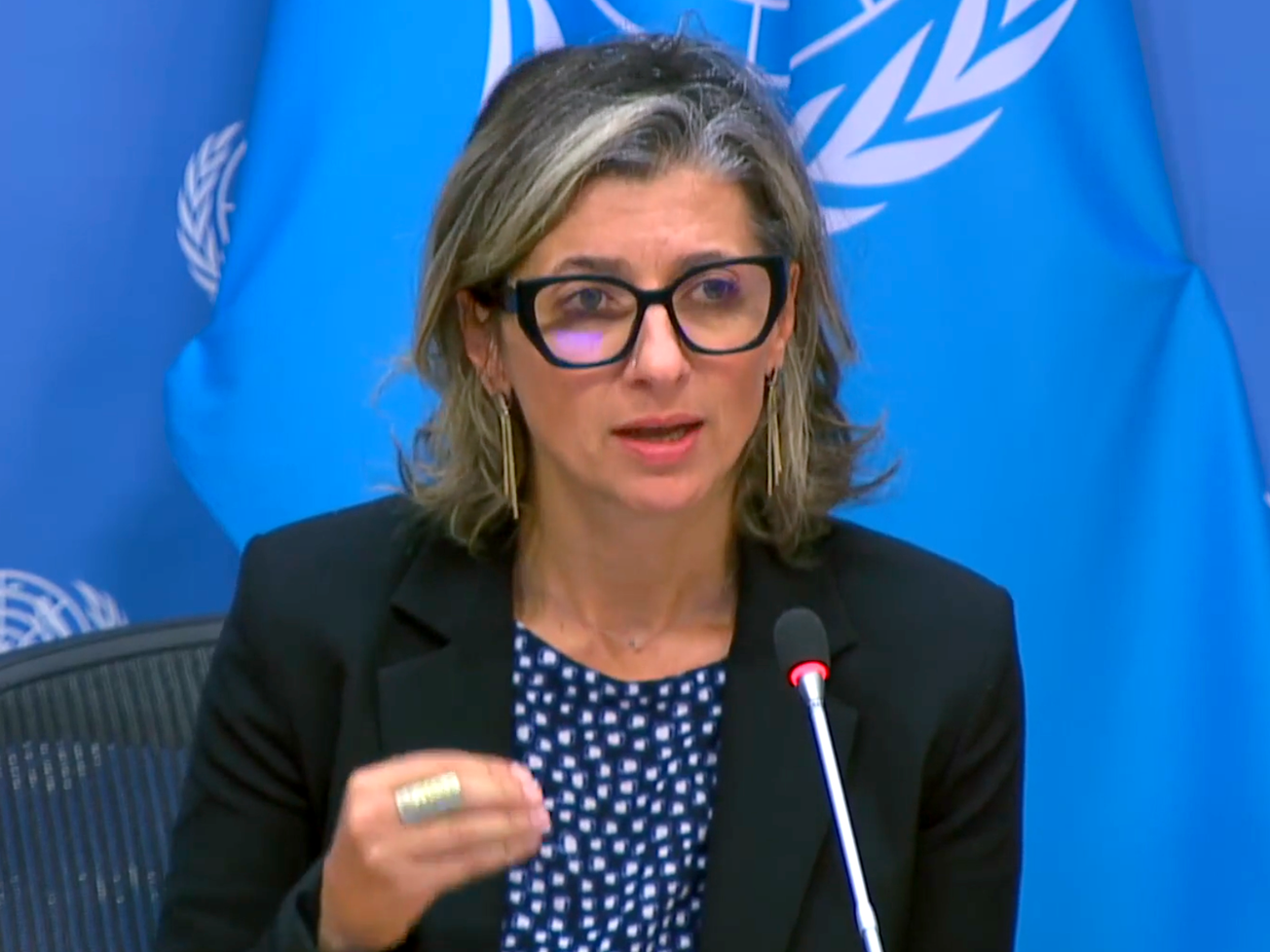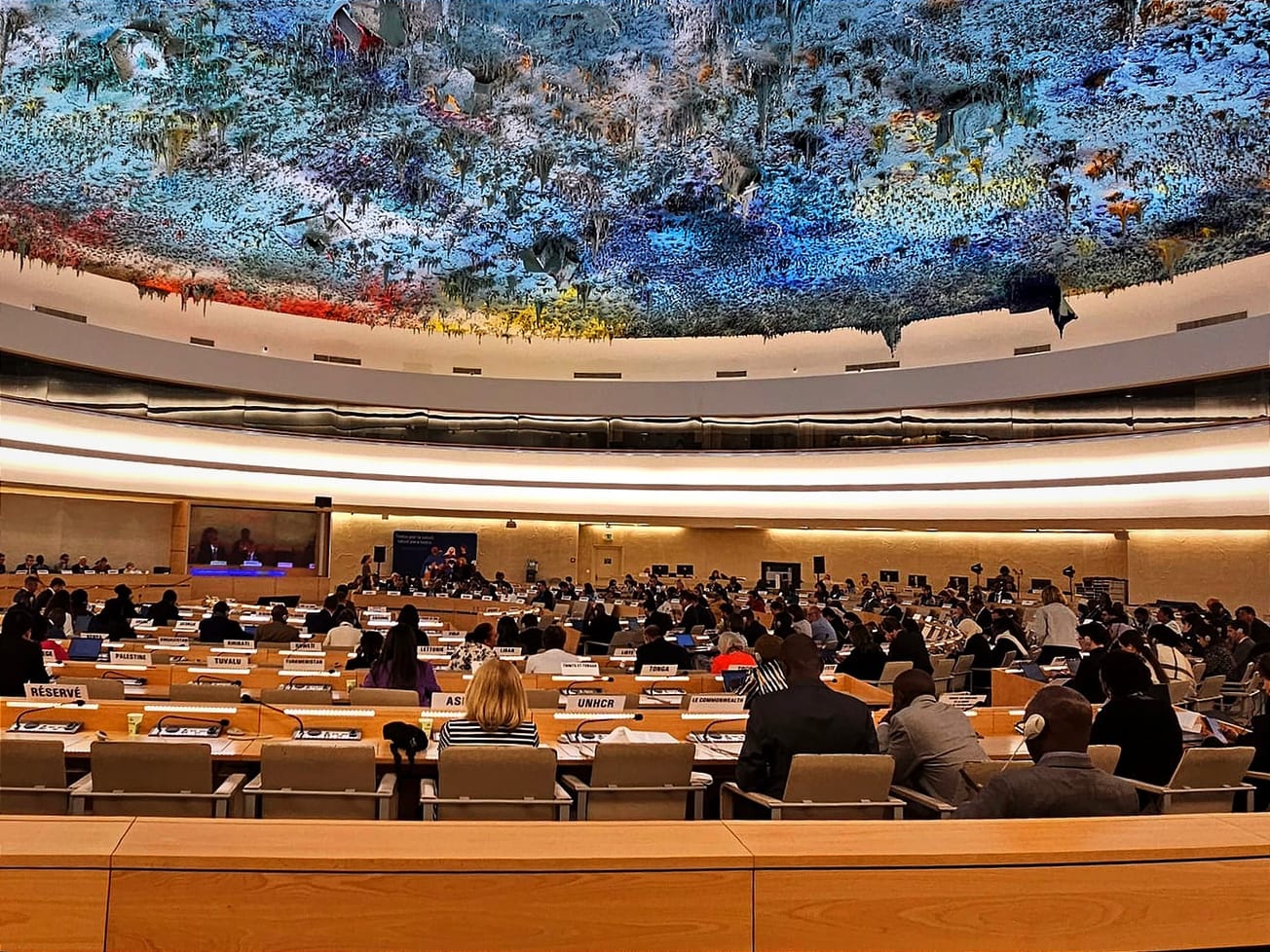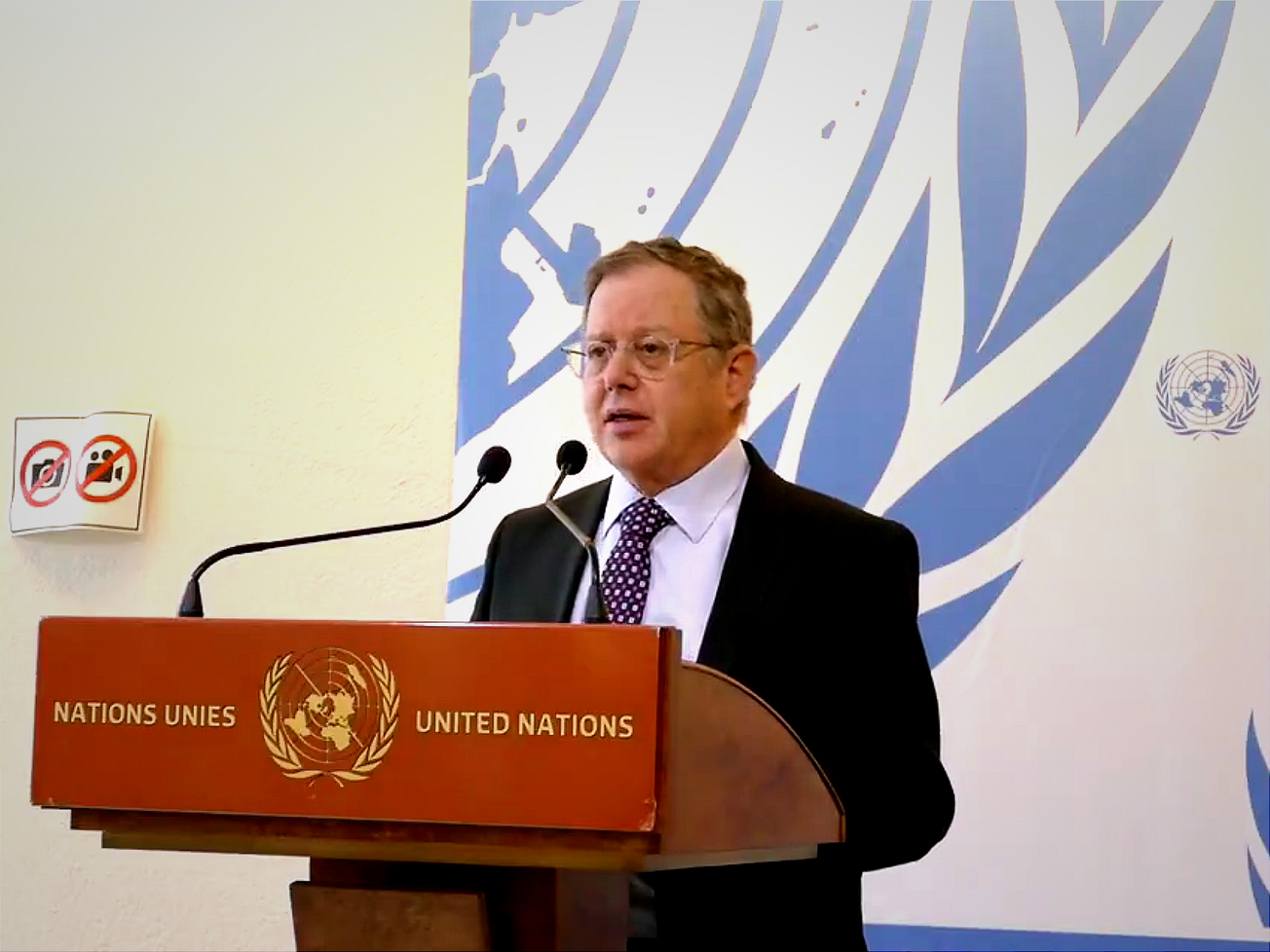GENEVA (AN) – The Syrian civil war has killed an average of 84 civilians a day over the past decade, according to the U.N. human rights office.
The new estimate reported on Thursday by the Office of the U.N. High Commissioner for Human Rights, or OHCHR, is based on an estimated 306,887 civilians killed in the country between March 2011 and March 2021.








